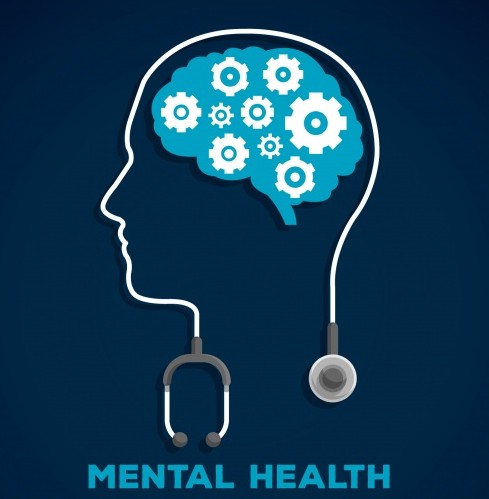There’s no way to describe the sound of toddler choking until you hear it. Once you hear it, you can’t forget it. A gasp? A wheeze?
I saw his eyes. 4-year-old eyes. Eyes of a non-verbal preschool student with Autism. There was panic in his eyes.
There was panic in mine, too.
As a paraprofessional in 2006, I had chosen to take a Red Cross First Aid and CPR class before my time in the classroom began. I felt the need to be prepared to protect my students, I wanted to keep them safe. I knew what to do.
Teaching a decade later, that desire to keep my student safe didn’t change. But now, keeping them safe looked significantly different. My middle schoolers weren’t physically choking, but the world and their experiences in it were emotionally choking them: depression, anxiety, disordered eating, substance abuse, disruptive behavior disorders, ADHD, and suicide.
2016 shook me. Hard. 2016 was the year where each of those horrific mental health challenges and disorders manifested themselves in my students. There are names and faces behind each of those big scary words. But there are countless names and faces who I may have missed, too. There was no Red Cross class for me to take to help keep them safe. I felt at a loss.
But in 2019, Governor Ducey signed SB 1468 into law. “The Mitch Warnock Act requires all school employees who work with students in grades six through 12 to receive training on suicide prevention at least once every three years.” More specifically, SB1468 mandates that these professional development opportunities be evidenced-based and include “Training in suicide prevention, Training to identify warning signs of suicidal behavior in adolescents and teens; and Appropriate intervention and referral techniques.”
Though the requirement doesn’t take effect until the 2020-2021 school year, I felt compelled to take advantage of an opportunity to become Mental Health First Aid trained.
The National Council for Behavioral Health’s Mental Health First Aid workbook by Kitchner and Jorn outlines 6 reasons why people who live or work with young people need training in Mental Health First Aid, but two of them resonated with me:
- Mental health challenges and disorders often develop during adolescence. One half of all chronic mental illness begins by age 14; three quarters by age 24.
- Approximately 20% of youth ages 13-18 experience severe mental disorders in a given year.
If half of chronic mental illness begins by 14, that meant that if a student was to develop a chronic mental illness, there was a good chance I could have noticed the warning signs in my seventh-grade classroom. In my district, our contracted maximum student contact is 200 students/day. 20% of 200 is 40 students. That is an entire class period of students who will experience a mental disorder each year. I started down the unhealthy and unproductive rabbit hole of what-ifs. 20% of the 1400 kids I had in my 10 years in the classroom was 280. Two. Hundred. And Eighty.
After reading those statistics, I stepped out of the training, defeated by my failure and overwhelmed with my inability to help keep my students safe, happy, and mentally healthy. But what this class did was give me the tools to move past the what ifs to the ‘now what?’
Now I know the science and the research to help the early career educators in my district take mental health seriously. Now I know the resources and first responders available as support to those struggling with mental health challenges and disorders. Now, I know what would have made me a better teacher then. Now I know how to help the students of my beginning teachers. I have to focus on the now.
Required professional development, especially when mandated from the state, often gets a bad rap. But this class. This class in 2019 was as essential to me and my ability to keep students safe as that Red Cross First Aid and CPR Class.
What has been the most helpful resource or class you’ve come across to address Youth Mental Health First Aid? What steps has your school taken to support students and the teachers who care for them?
Sources:
https://azgovernor.gov/governor/news/2019/05/governor-ducey-signs-bill-combating-teen-suicide
https://trackbill.com/bill/arizona-senate-bill-1468-schools-suicide-prevention-training/1672054/
Kitchner, B. and Jorm, A. (2016). Youth mental health first aid USA. Baltimore, MD: Mental Health Association of Maryland, Inc.
Vector created by rawpixel.com – www.freepik.com










Comments 1
Great blog Jen. I took Mental Health First Aid about a month ago. This is a fantastic training for anyone who works with the public. Sometimes we need these skills for students and sometimes parents.